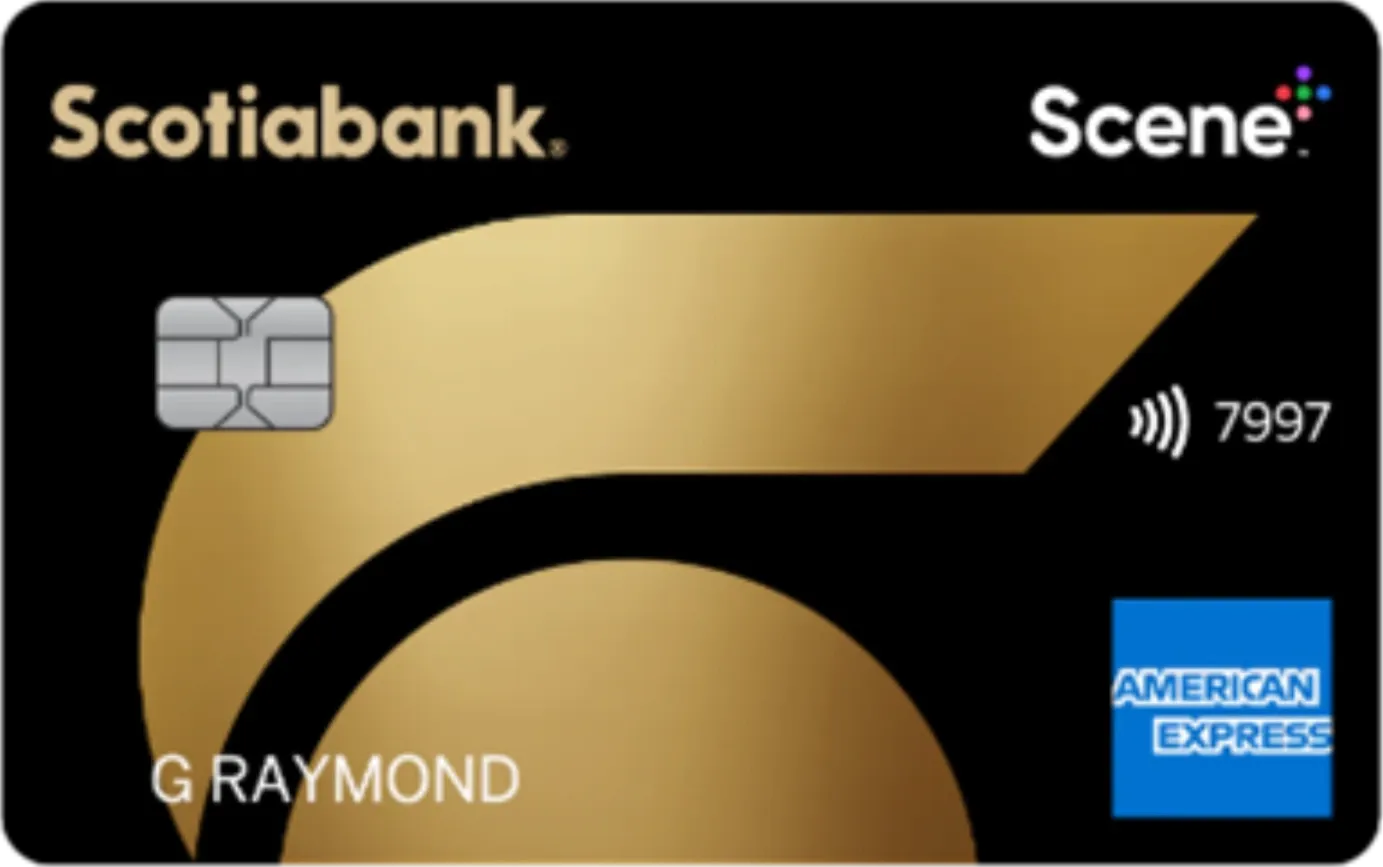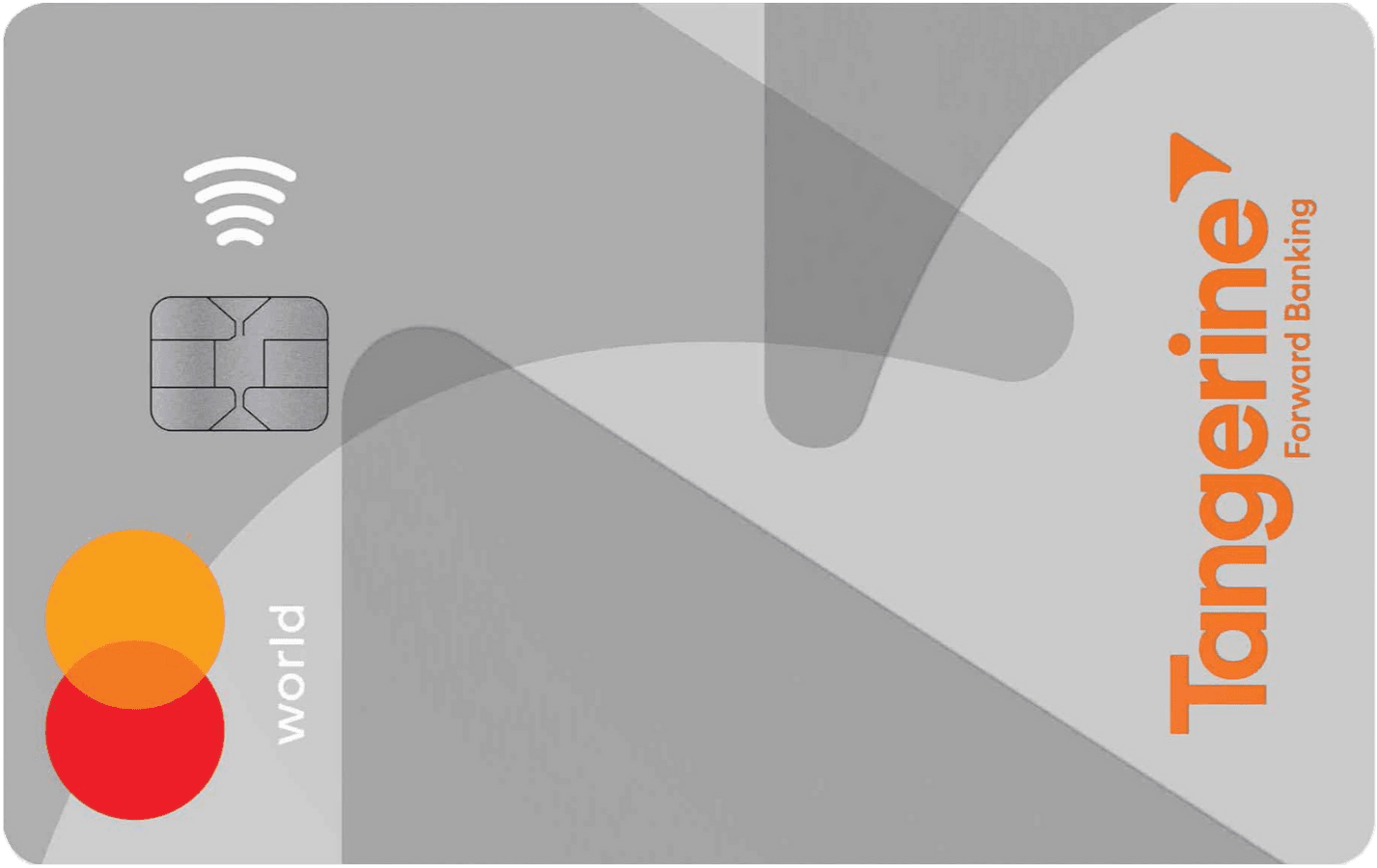
How Credit Card Interest Works in Canada
Published July 22, 2024
•
Last updated December 17, 2024
8 min read
Credit cards bring ease to doing financial transactions. But along with the freedom to spend more than you currently have in your account, there also comes an associated interest rate.
You need to be aware of the interest rate and how it works in Canada to know what you will be liable to pay while owning a credit card. Understanding how the interest rate works in Canada helps you choose a card with an adequate interest rate and motivates you to use the card so that you won't be liable for a high interest rate.
If you are intrigued to know how interest rate works in Canada, then you will enjoy reading this blog.
It covers all types of interest rates that can be applied to credit cards in Canada. Most interesting, I will also share a quick and easy way to calculate the interest rate (also referred to as APR or annual percentage rate) so that you know how much you owe in interest on a daily or monthly basis. Let's start by exploring the different types of interest rates you might have to pay for holding a credit card in Canada.
Types of Interest Rates
When you apply for a credit card, if you happen to read the conditions of banks in Canada, you can notice that there are different interest rates for different types of transactions. Here are the major types of interest rates that you will encounter while holding a credit card in Canada.
Accrued payment interest rate:
This is the interest rate that comes to your mind when you think of interest rates on credit cards in Canada. Every month when you receive your credit card bill, you can see that it shows your total outstanding balance and your minimum amount due. If you are short on funds and choose to pay the minimum amount due, then your bank allows it, but the bank will charge an interest rate on the outstanding amount that you haven't paid. For example, if your outstanding balance is $100 and your minimum balance due is $20, then the bank will charge an interest rate of $80 that you accrue to pay in the coming months. The interest rate charged in such cases in Canada ranges between 19% to 23%.
Penalty interest rate:
If you delay the minimum payment that is due on your credit card, then the bank charges an additional interest rate known as the penalty interest rate. As the name suggests, it is the penalty for missing out on paying on time. For credit card holders' ease, banks have already given relaxation in terms of the option of paying the minimum payment. In addition, most of the banks in Canada allow credit card holders a grace period of 21 days for missing the payment for the first time. But if you miss the payment more than once in a year, then you lose your financial rating, and a penalty interest rate is applied to your account. Penalty interest rate means that you will be charged a higher interest rate in comparison to others because of your low credit score or financial rating.
Interest rate on cash advances:
Most credit cards in Canada allow you to withdraw cash from ATMs just like with a debit card. However, the interest rate charged on taking such cash advances is higher than that charged on regular purchases. This higher interest rate suggests credit card companies demotivate cardholders to withdraw cash.
Interest on balance transfer:
A credit card balance transfer is a method used by many consumers to manage their debt more effectively. It involves transferring outstanding debt from one or multiple credit cards to another credit card, typically one with a lower interest rate. Balance transfers often come with a fee, usually a percentage of the amount being transferred. While a balance transfer can save on interest payments in the short term, it's crucial for consumers to understand the terms of the agreement because most of the cards offer this lower interest rate for a limited time and revert to the standard rate after that.
Promotional interest rate:
Many banks in Canada offer a promotional interest rate to give incentives to credit card holders. This way, they offer a promotion, say the bank allows the credit card holders a 0% interest rate for a period of 6 months on accrued payments. Such promotional campaigns help to persuade customers to buy credit cards from a particular bank. The promotional interest rate can benefit the credit card holder if they have another debt imposed a high-interest rate. By availing of the promotion, they can pay that debt with a promotional credit card instead of a 3% to 5% balance transfer debt rather than the accrued payment interest rate of 19% to 23%.
How to calculate the interest rate
When you apply for a credit card, the banks in Canada clearly state the interest rate they will charge on various types of transactions, as mentioned above. This interest rate is calculated on an annual basis and is known as the annual percentage rate or APR. From the APR, you can calculate your monthly or even daily APR to know what amount you are paying in interest to the bank.
The methods below are not 100% accurate, and more advanced calculations are required if you want to get the numbers, but they are quick methods to get a good estimate of the interest payments.
- For monthly APR calculation: To calculate the APR monthly, you need to follow these quick and easy steps:
- Divide the APR by 12 (12 months in a year). For example, if the APR on regular purchases is 19%, your monthly rate will be 1.58% (19% divided by 12).
- Now, multiply this monthly interest rate by your outstanding balance. For example, your outstanding balance is $800, then your monthly interest will be $12.6 ($800 * 1.58T%). This means that you will pay $12.6 monthly just in terms of interest.
- For daily calculation: It is easy to calculate the interest paid daily through your APR. All you need to do is to follow these steps:
- Divide the APR imposed on your credit card by 365 (the total number of days in a year, you can divide it by 366 in case of a leap year to get a realistic figure). For example: if your interest rate is 19%, then your daily interest rate will be 0.0525% (19% divided by 365).
- To fetch the daily interest you are liable to pay on the outstanding amount, you need to multiply the daily interest rate by the total amount outstanding. For example, if our outstanding balance is $900, then your daily interest amount will be $0.472 ($900 * 0.000525). You will pay $0.472 as interest daily on your outstanding balance.
Why calculate your interest rate and amount
You must be wondering why you need to calculate the interest rate on a daily or monthly basis when you will get to know the amount from your bank on your credit card bill. Well, calculating the interest rate and amount paid in interest on a daily and monthly basis gives you a realistic picture of what amount you are paying in terms of interest rather than spending it on yourself. Knowing the actual amount will motivate you to pay off your debt to decrease or eliminate the interest amount and instead enjoy spending that money on fulfilling your desires.
What can you do to avoid paying interest?
If the interest rate is imposed on you by the bank, then there is practically nothing you can do other than pay it. You can't have any say in the interest rate the bank imposes on you. Banks even have the right to charge a higher interest rate on customers with poor credit scores.
But there are certain ways that you can adopt to lower or eliminate your interest which include:
- Pay off the entire outstanding amount at the end of each month within the due date, and you won't have to pay any interest on the accrued balance.
- Don't take cash advances from credit cards, no matter how much you are in need of cash. Having a line of credit available for these cases is a helpful tip because they usually come with a lower interest rate than credit card cash advances.
- Instead of waiting for the month's end or due date, try to pay off your credit card balance whenever you can during the month. Paying on and off reduces the burden of debt, as paying a small amount is easier than paying a hefty amount at month's end. It also benefits you in the way that you don't have to remember the due date. Forgetting the due date will result in an additional penalty interest rate, so it's better to pay before the date.
- Try to achieve a good credit score so that you can secure a credit card at a lesser interest rate with lax terms and conditions.
Trending Offers

Scotiabank Gold American Express® Card

BMO VIPorter World Elite Mastercard®∗

Tangerine World Mastercard

Tangerine Money-Back Credit Card

BMO VIPorter Mastercard®∗

Scotiabank Preferred Package Chequing for Student and Youths